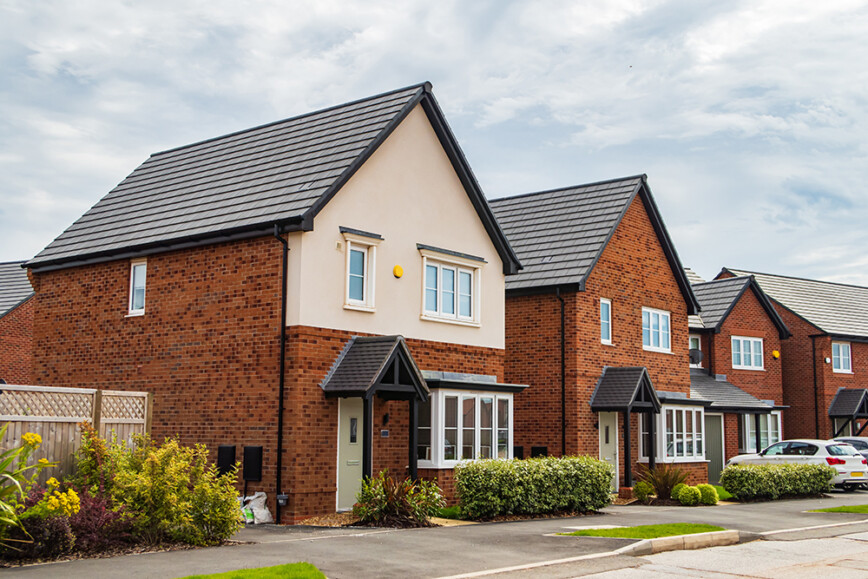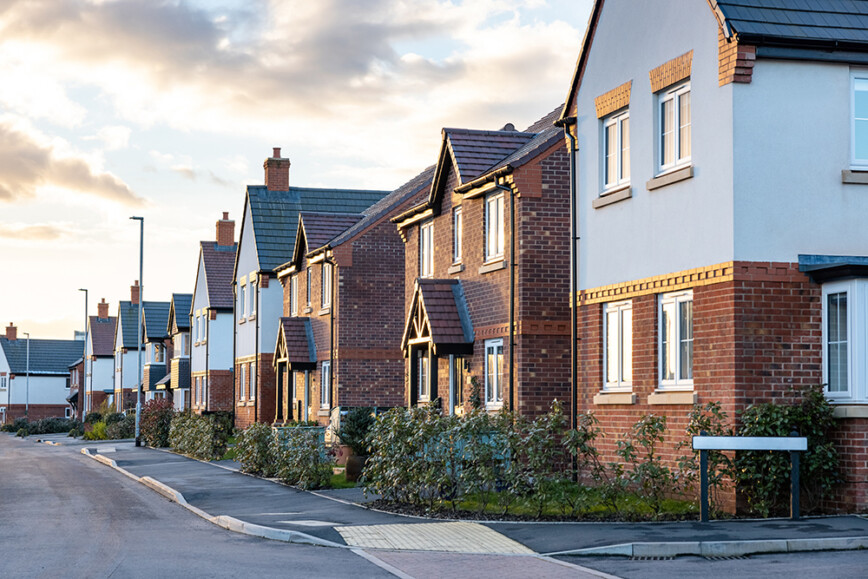Buying a new property is difficult, especially if you are still trying to get on the property market and buy your first property.
The biggest reason for this is the expense of buying a new home. Not only do you need to find a minimum deposit (this varies between mortgage companies but it’s likely to be 10%+), but you also need to pay legal fees and other expenses, one of those being stamp duty.
What is Stamp Duty?
Stamp Duty Land Tax (SDLT) is a tax that everybody has to pay when they buy a property or land over a certain price in England and Northern Ireland.
The SDLT amount depends on the price of the property. Until recently, if you bought a property worth £125,000 or less you were exempt from paying SDLT, but the government recently increased this threshold to £250,000, allowing more buyers to get on the property market by making them exempt from paying SDLT.

You have to pay stamp duty on:
- Freehold properties
- New or existing leasehold
- Properties acquired through a shared ownership scheme
- Properties or land transferred to you in exchange for money
How much is SDLT?
How much you are required to pay will depend on a few different factors.
The first thing that will be taken into consideration is the SDLT rate that applies to you, there are three different rates:
- First-time buyer rate
- Rate for people buying an additional property
- Rates for individuals outside of the UK
Depending on your circumstances, you may be eligible for relief or exemption. How you intend to use the property or land will also impact your SDLT rate.
A good tool to use is the stamp duty tax calculator from the gov.uk website.
How is this helping first-time buyers?
This reformation in stamp duty is proving to be a massive help to first-time buyers, who have access to up to £11,250 in relief. First-time buyers won’t pay any stamp duty on a property costing £425,000 or less. If the property does cost more than £425,000, and up to £625,000, first-time buyers will only pay 5% SDLT.
In addition to this change in stamp duty, the government are also providing help to first-time buyers through their Lifetime ISA, in which the government pays a 25% bonus on savings people make each year.

As well as government-backed schemes including Help to Buy and Right to Buy. For more information on this take a look at the government’s homeownership website. Here there are details of the eligibility criteria for each scheme, so you can find the one most appropriate to you, and there are discounted sales available.
Click here to see a table of the potential savings you could make, as well as case studies showing the new prices for both first-time buyers and the standard home mover.
Reformation of SDLT to boost the economy
As well as helping first-time buyers, this reformation of stamp duty should also prove to boost the economy and help stimulate growth. The increased threshold in SLDT will allow up to 29,000 more people to move home each year, boosting businesses that rely on the property market, such as estate agents, builders, contractors, removals companies, etc. It will increase confidence in the economy and in turn, will support hundreds of thousands of jobs and businesses.
If you are looking to get on the property market, there has never been a better time. The government can help you to save and give you bonuses on the amount you save. They can help you to afford a home through their government-backed schemes. And now they have increased stamp duty, they have made it more affordable to get on the property ladder than it has been in years.
